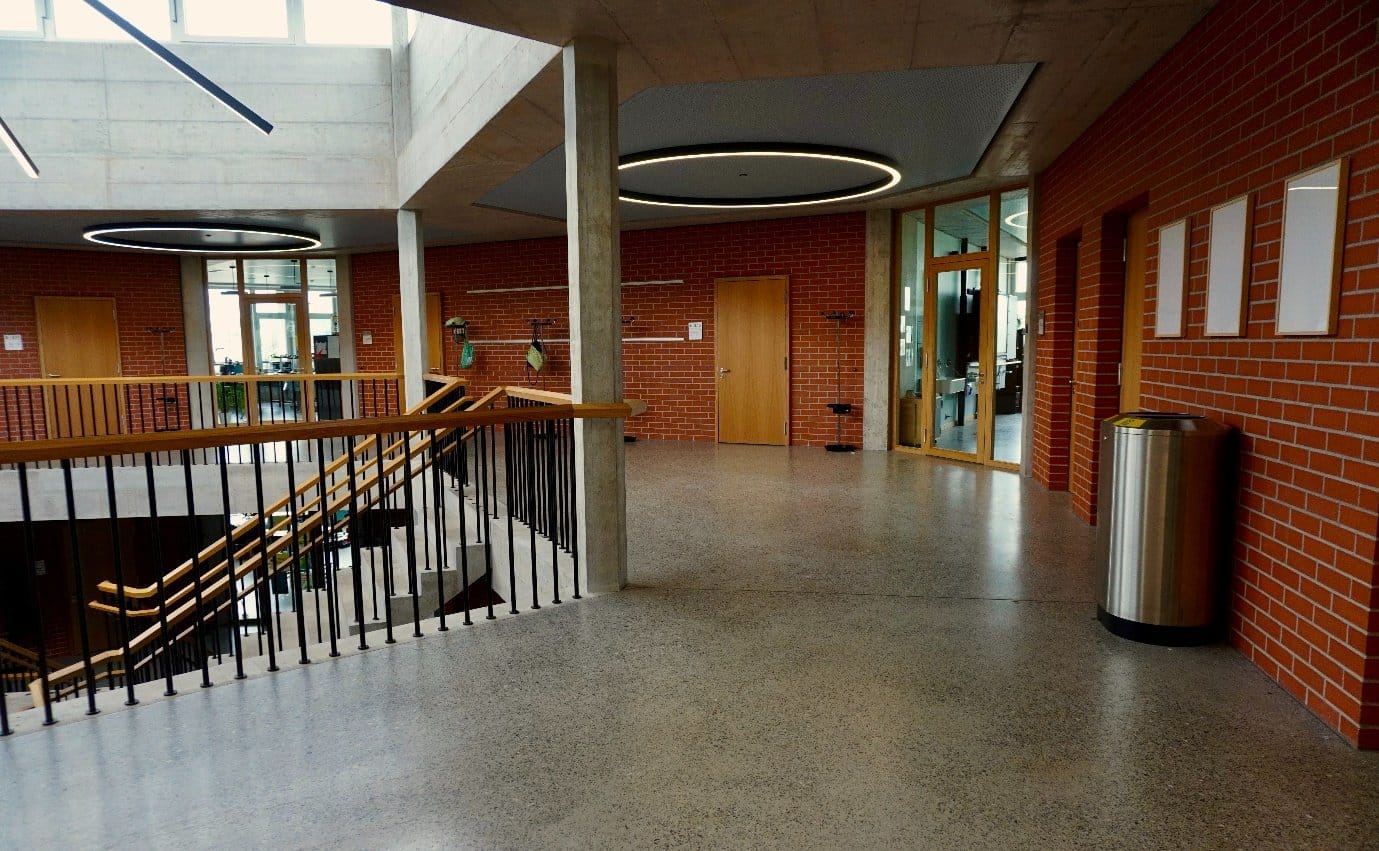Consider concrete lifting or leveling as a possible remedy if your surface is uneven. Both procedures can assist in repairing issues with your concrete surface, but each has unique advantages. To help you choose the service that best suits your needs, we will explain concrete lifting and leveling in this blog post and their advantages and disadvantages.
Concrete Lifting
The concrete lifting technique involves simply injecting stabilizing grout under a slab to raise it. The first step for the contractor will be to drill tiny holes in the slabs where it has sunk. Then, using sturdy components to raise the actual position, they will attach pumps to fill the space beneath the slab.
Once the slab is firmly in place, professionals will pat and seal all the holes, giving your building a brand-new appearance. Since homeowners rely on repairs to restore the original condition of their concrete slab, the procedure is relatively simple. Now, it’s critical to comprehend whether a repair is your best option.
Pros
Concrete lifting is important to homeowners for a variety of reasons. These reasons include the following: This method is sometimes called slab jacking or mud jacking. The following are some of the benefits and drawbacks associated with it:
A concrete lifting company will never add to the financial stress you’re already under, and it won’t take up much of your time, either.
In addition to that, there is not much of an expense involved for the materials. To cover the voids underneath the slab, you will only want a small quantity of grout making it the most effective and cost-effective strategy for repairing sunken concrete.
Cons
Concrete lifting is one of, if not the best, options for concrete restoration at home. Even though the cost of this repair is minimal, you should still consider its long-term effectiveness before spending any money on it.
Make sure you deal with the root cause of your concrete’s sinking. Concrete lifting, for instance, will only be effective for a short time if soil erosion brought on by inadequate drainage is washing away the earth that supports your concrete slab.
On the other hand, the fix will be permanent if you can address the underlying cause of the sinking concrete.
Concrete Levelling
Concrete slabs with low spots can be raised using concrete leveling. This can be done for several reasons, including to make the concrete look better, to level it out, or to address drainage problems.
Anyone with the right equipment and knowledge can level concrete because it is a simple process, but it is best to hire professionals.
Pros
Concrete leveling offers a variety of advantages, including an enhancement of the appearance of the concrete, enhanced drainage, and an extension of its useful life.
Concrete that has been leveled will have a smoother surface, which can help improve the area’s appearance. In addition, concrete that has been leveled will drain more effectively than concrete that has not been leveled.
This is because water will be able to flow uniformly throughout the surface of the concrete instead of pooling in one specific location. Last but not least, the lifespan of concrete that has been properly leveled is often much greater than that of concrete that has not been properly leveled. This will lower the risk of cracking or settling over time.
Cons
The only disadvantage of concrete leveling is that it can occasionally be untidy. When you use a power shovel, the blades will stir up a great deal of dirt and other particles into the air.
While this can be avoided by utilizing a vacuum that can handle wet and dry debris, it is still important to be aware of the possibility. In addition, depending on the dimensions of the area that you are working on, leveling concrete is a time-consuming process.
Our Final Thoughts
Once you read through the pros and cons of both services, you can trust Utah’s Concrete Lifting Experts to do either of the jobs for you!




